Right after I upgraded my stills-only-capable Canon 5D into the all-powerful-one-can-shoot-a-feature-film-on Canon 5D Mark III, I began crafting a blog entry around my very complicated and contradictory feelings towards owning pro/prosumer video gear.
I never finished writing it.
I’ve already had the Mark III for a shade over 13 months and I’m still completely smitten with it. The stills performance is amazing. The camera’s latitude, resolution, and speed continue to impress me. Having the ability to shoot excellent HD video has also been a dream come true. I’ve used it on many projects and couldn’t imagine life without it.
Since my primary use and motivation for purchasing the camera is stills, deciding where to draw the line in the sand on how much money to invest into video infrastructure has been a difficult task. After all, I make my living shooting motion pictures and owning camera gear can factor into whether or not I book a gig. While I want to have the finest gear in the world, I must remember that my rental prices are constantly getting undercut by vendors and other crew members who own similar equipment. Value is key when making purchases.
Several years ago, I compared the Cineroid and Zacuto EVFs in my blog. It is funny to read the piece today since I was so vehemently against the fledgling DSLR movement back then. When deciding between products, a good rule of thumb is to save your money for the gear that directly impacts image quality and your effectiveness on set. Lenses are one of your most important tools and you should focus your budget on them. Great lenses are also a wise investment since they hold their value and stay in demand for a long time. Owning a set of Zeiss SuperSpeeds is the gift that keeps on giving!
When faced with the decision of how much to spend on a tripod, I wanted to get the best in class. Very few things make me feel worse on set than the soul crushing feeling after making a bad camera move that was a direct result of a cheap/poorly maintained fluid head. You can’t make gear excuses to your audience. If they see ‘slopperating’, then your skills will be questioned regardless. Thankfully, I found a great deal on Craigslist on a lightly used Cartoni Focus, which was on my wish list all along.
People tend to unload gear at the end of the month, so it’s wise to search the web often (my buddy Davidson Vorhes is really disciplined and often finds great bargains as a result). I recently acquired a Zacuto Z-Finder EVF, which means that my 5D’s fragile HDMI port will be getting lots of attention and I don’t want that to result in an expensive repair. I knew that SmallHD offered one for the Mark II for $49, but Google yielded only two results for the Mark III (sadly, they weren’t one of them).
Despite my best efforts, I couldn’t find a single review on either product. The moderately priced option, the Coolprotector for Canon DSLRs. runs for $45, while the super-deluxe option, the LockPort 5DM3, comes to a whopping $140 with shipping!
Because of the giant price disparity, I had trouble making a decision. Camera gear will always be over-priced, but often times that extra cost is warranted. Knowing when you need to fork over extra cash can be a tough call. Handheld rigs are an example of where you can save money. There are really great products available for around $400, yet many people dole out two to three times that amount for little extra benefit.
Personally, I’m eager to upgrade my L-series zoom lenses to their Mark II counterparts so if I can save a few bucks on other gear, then I will. My Ikan handheld rig may not be as flashy and weighs a little more than the competition, but it serves its purpose without breaking the bank. When at Cine Gear Expo last year, I was very tempted by the products from the Canadian manufacturer, SHAPE. If you are in the market for equipment, then I suggest you that you be there for the final hour of the expo with a lot of cash. A little haggling can result in the vendors selling you their floor models at huge discounts.
Without any public reviews, I feared that I would receive the CoolProtector and realize that I had just wasted $45 on a piece of junk in an effort to save a few bucks. It’s that fear of stepping outside one’s comfort zone and venturing into the unknown that keeps certain people from straying from chain restaurants while on a road trip. I’m NOT that person. I make an effort to eat where the locals dine.
While the LockPort is more streamlined and attractive, I couldn’t justify spending so much for a simple piece of protective gear. LookCircle certainly has a knack for design though. They even offer a stylish $100 body port cap for your cameras. I hope to cross paths with an owner of one, so l can laugh really hard at their foolishness!
I wrote a full product review on Amazon, so I’ll keep it concise here. In short, the Coolprotector gets the job done. Could it be lighter? Yes. Could it be lower profile? Yes. Does it work as advertised? Yes. If price weren’t a factor, would I still buy it? Of course not. But if money weren’t a consideration, then I wouldn’t have bought a 5D in the first place! I don’t regret my purchase, but I would love to do a side-by-side comparison with the LockPort. Sending the HDMI cable either 90 degrees forward or back from the camera keeps the profile of the camera much tighter, which is a big advantage on the LockPort when going handheld. The wide design of the CoolProtector means that my EVF can’t get super close to camera. As somebody who is left-eyed, this is not a major shortcoming. However, the majority of the population uses their right eye and this may be a comfort issue for them depending on the layout of their rig.
If you rarely take your camera off of a tripod, then the CoolProtector will suit your needs just fine. The answer isn’t so black and white for the rest of the world. I mentioned earlier that efficiency can be a variable in gear purchases, but in this case spending more money on the LockPort will primarily make your camera look sexier and that’s all.
Back when I was a camera assistant, it would drive me crazy when one set of spreaders had to be shared between both the standard and baby legs. Yes, you saved a few dollars on your rental, but every time we switched between the two, valuable time was lost on set by this extra task. When you look at the big picture and factor in everybody’s rates and overtime, money was actually lost instead of saved. Along those lines, I recently added a quick release system by Giottos to my handheld rig. A recent job required that I quickly switch between tripod and handheld work often. By spending $30 on a piece of gear, mounting the camera now takes a fraction of the time it once did.
Fully confident that the Giottos M621 is well made (I had weighed the pros and cons of spending 50% more and going with the Manfrotto 357), I have ordered a second quick release system to make life even better. One quick release plate will stay on the camera body and allow it to instantly mount on my tripod or handheld rig. The second plate will either live on the collar to my 70-200mm so the lens will always be supported, or I can put it on the bottom of my handheld rig so it will quickly attach to the sticks. While the M621 adds a little weight, it will reduce the wear and tear on the quick release system on my Cartoni Focus, which is a good thing because many people don’t know how to work it properly.
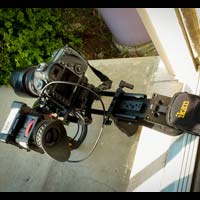
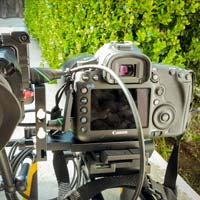
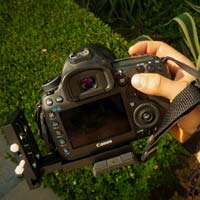
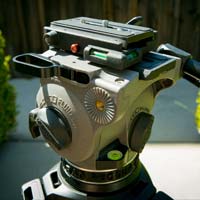

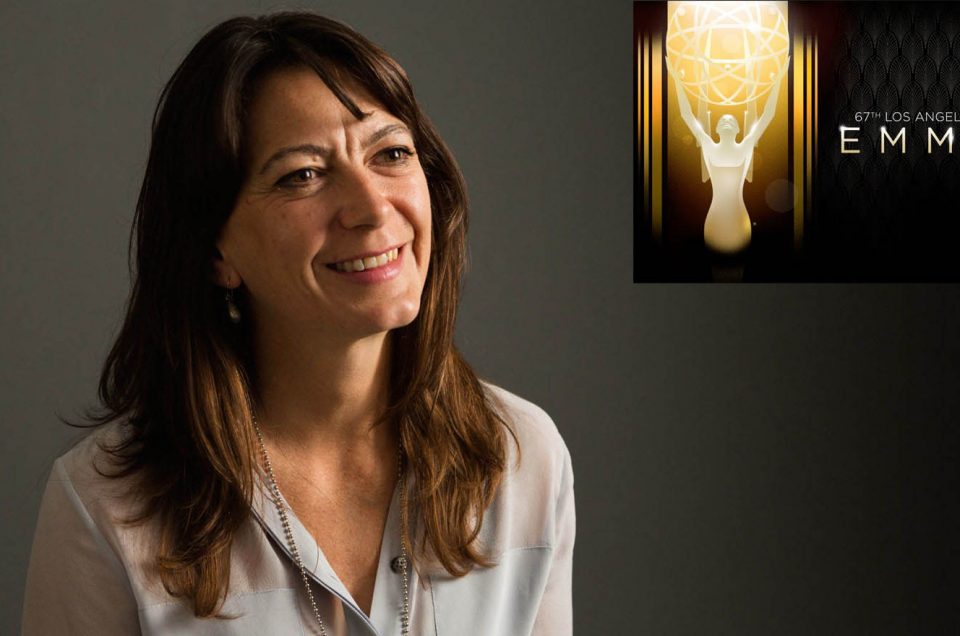
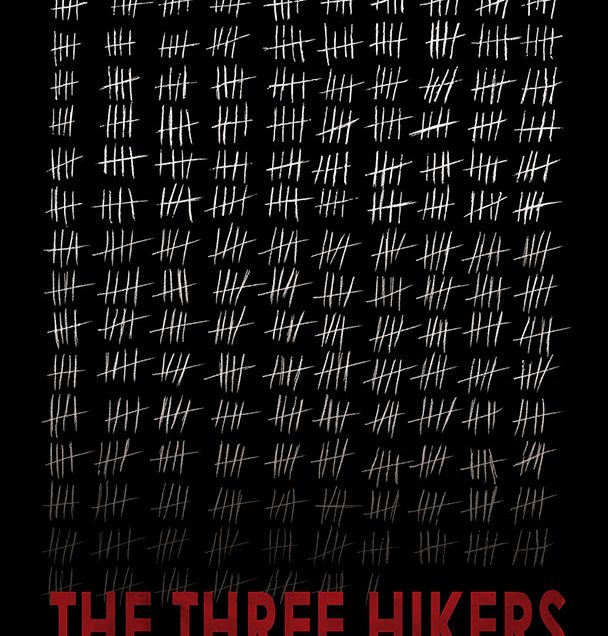
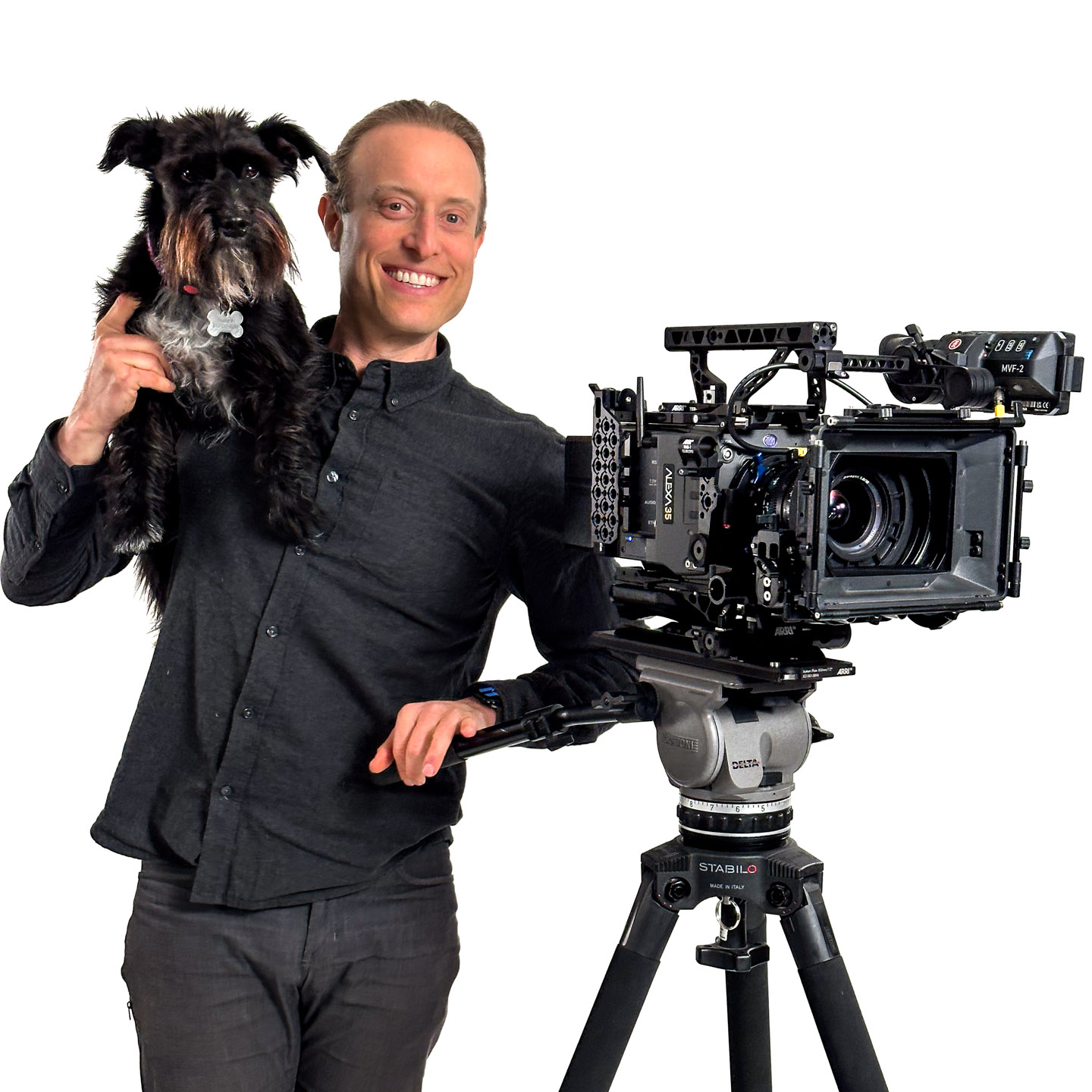


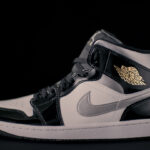

Leave a reply